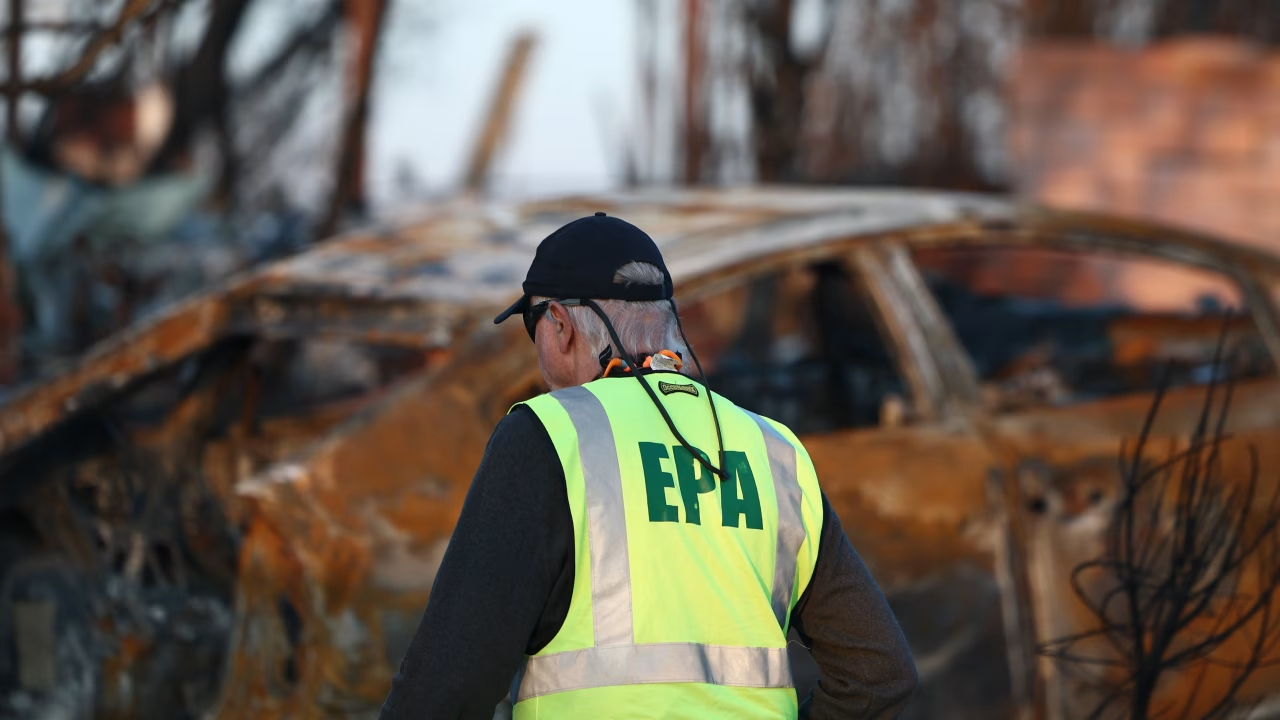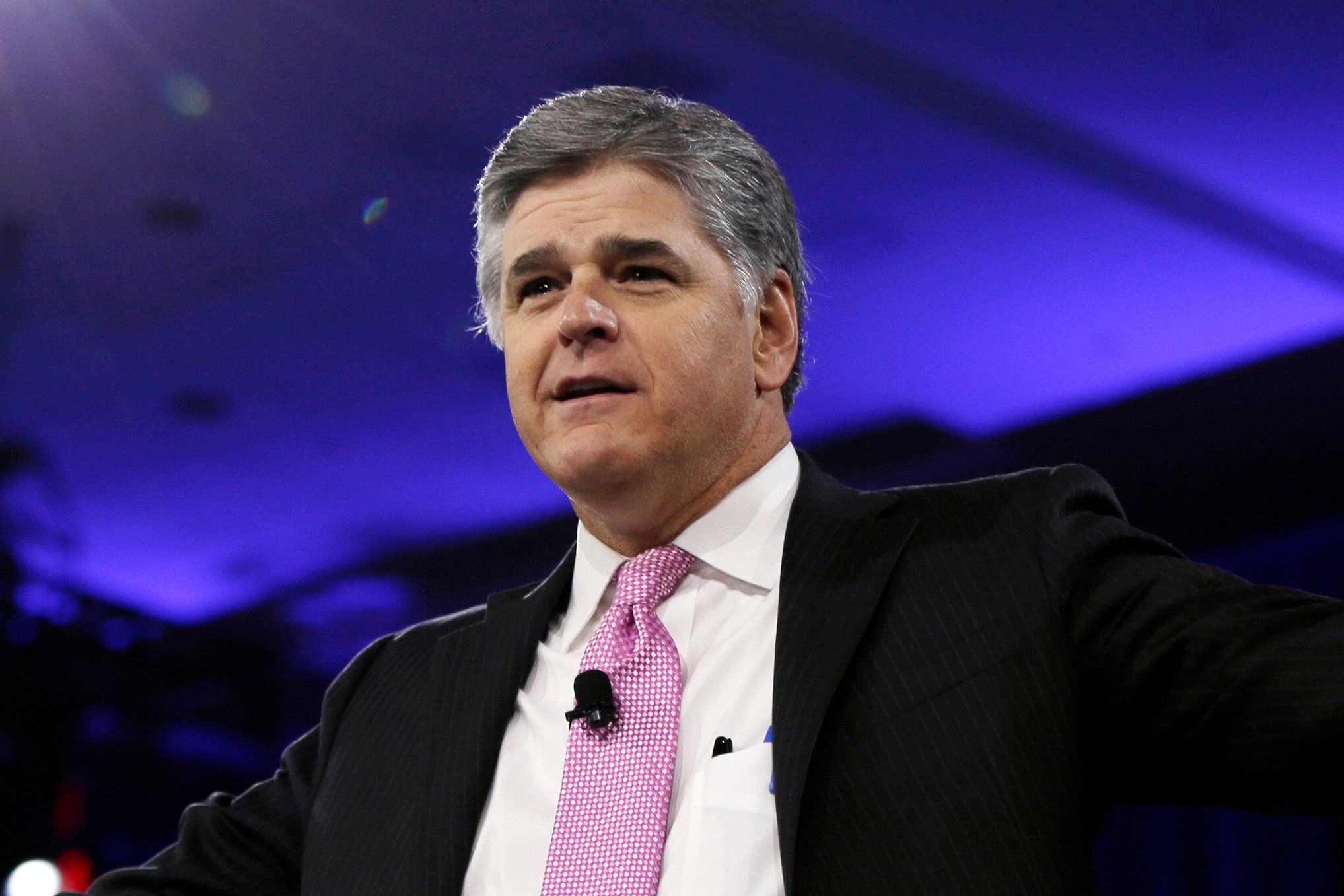1,100 EPA employees were notified that they were at risk of being fired amid the Trump administration cutting federal jobs.
In early 2025, the Environmental Protection Agency (EPA) informed more than 1,100 employees that they could face immediate termination. This action was part of a broader strategy by the Trump administration to reduce the federal workforce during an ongoing government shutdown.
Background of the Layoffs
The EPA, established in 1970, is responsible for protecting human health and the environment. Its responsibilities include regulating air and water quality, enforcing environmental laws, monitoring hazardous waste, and ensuring chemical safety.
The 2025 layoffs were part of a broader federal effort to reduce spending during a period of limited appropriations. While long-term employees generally have protections against immediate termination, probationary staff — those who have not yet completed a year in their positions — can legally be removed without prior notice. This regulation was cited in the notices sent to affected employees.
Impact of 1,100 EPA Workers Being Fired
The EPA issued termination notices to over 1,100 employees across multiple departments, including enforcement, regulatory compliance, scientific research, and environmental monitoring. Many of these employees were involved in critical programs, such as water quality assessments, hazardous waste inspections, and air pollution monitoring.
READ: Federal Judge Orders Caroline Wren to Make $2,000 Daily Subpoena Payment
Union leaders expressed concern that the layoffs could severely impact the agency’s operational capacity. The removal of staff in key positions raised questions about the agency’s ability to maintain compliance inspections, respond to environmental emergencies, and meet regulatory deadlines.
Marie Owens-Powell, a union representative for over 8,500 EPA employees, described morale among staff as extremely low. She noted that employees were frustrated and anxious about their job security, and emphasized that the cuts threatened both the workforce and the quality of public service provided by the agency.
Legal and Regulatory Challenges
The layoffs prompted legal challenges from labor unions, which argued that the terminations violated federal protections for civil service employees. Unions cited the Antideficiency Act, which restricts agencies from making expenditures or obligations exceeding available appropriations. They argued that mass terminations during a shutdown were legally questionable and potentially politically motivated.
A federal judge temporarily blocked portions of the layoffs, emphasizing that even during a government shutdown, agencies must comply with employment laws and regulations. This ruling temporarily protected unionized employees from immediate removal while the court reviewed the legal challenges.
Administration officials maintained that probationary employees are legally exempt from certain protections, allowing the agency to proceed with immediate terminations. However, union representatives contested this interpretation, arguing that some employees affected had prior federal service and should not be classified as probationary.
Political and Operational Repercussions
The layoffs drew criticism from lawmakers and advocacy groups. Critics warned that removing large numbers of EPA staff could delay environmental enforcement, slow hazardous waste cleanups, and hinder monitoring of air and water pollution. Some argued that the cuts were part of a broader political strategy to reduce federal regulatory oversight.
Remaining employees faced increased workloads, leading to concerns about burnout and reduced efficiency. Regional offices reported delays in inspections and enforcement actions, and some programs risked missing critical deadlines. Environmental groups cautioned that the layoffs could have long-term consequences for public health and environmental safety.
Employee Perspectives
Many affected employees expressed frustration and uncertainty. Probationary staff, in particular, felt vulnerable, as they had limited recourse under current federal regulations. Employees who had recently been promoted or transferred within the agency worried that their experience and training would go underutilized or lost entirely.
Despite the challenges, some staff remained committed to the agency’s mission. They emphasized the importance of continuing core environmental protection work and maintaining public trust in the agency, even under difficult circumstances.
Final Thoughts
The termination of over 1,100 EPA employees highlights the complex challenges of managing a federal agency during budget constraints and political uncertainty.
While the administration argued the cuts were necessary for fiscal responsibility, unions and employees highlighted the potential consequences for environmental oversight and public health.
The situation underscores the delicate balance between managing government resources, protecting civil service rights, and ensuring the EPA can continue its mission of safeguarding human health and the environment.
As the legal process continues and Congress debates future appropriations, the EPA faces the ongoing challenge of maintaining critical environmental protections while navigating workforce reductions and uncertainty.




